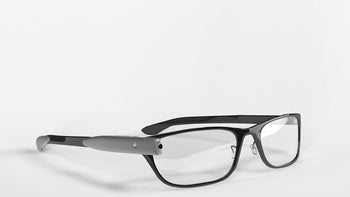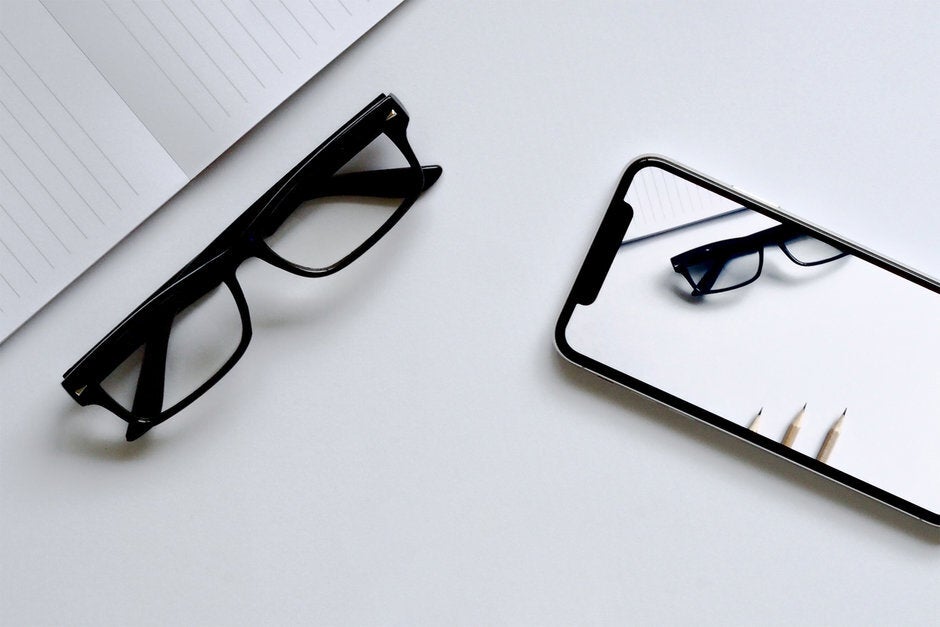Apple and top partner reportedly test production of a major AR component for upcoming headsets

We could see Apple deliver a mixed reality AR/VR headset as soon as next year followed by the AR-powered Apple Glass in 2023. Regardless of what form these products take, we know that Apple CEO Tim Cook has said in the past that "There's virtual reality and there's augmented reality — both of these are incredibly interesting [...] But my own view is that augmented reality is the larger of the two, probably by far."
Apple and Foxconn are running trial production of AR lenses for Apple's upcoming headsets
Cook also said during the same 2016 interview that AR delivers a social experience. "Augmented reality gives the capability for both of us to sit and be very present, talking to each other, but also have other things — visually — for both of us to see. Maybe it's something we're talking about, maybe it's someone else here who's not here present but who can be made to appear to be present." The executive also has called AR "a big idea, like the smartphone."

Apple's AR powered glasses could arrive by 2023
Regardless of what actual reality is, when Apple does launch its headgear, it will need to have AR lenses. Today, The Information reports that Apple and its largest contract manufacturer are working together to produce semitransparent lenses for AR. According to a person familiar with the situation, two months ago the lenses reportedly passed the prototype stage and started trial production. Mass production of the lenses and the product that they will be featured in is still one to two years away.
The lenses create the illusion of depth by using stereoscopic images, the same technology employed by other AR/VR devices already available from Magic Leap, Microsoft, and Facebook. The lenses are said to be difficult to produce because they are comprised of multiple layers of thin synthetic material. Each layer can be scratched, susceptible to bubbles, and receive other marks. As a result, the lenses must be produced in a dust-free cleanroom. Similar to the 3D glasses used by movie theaters, the lenses fuse together two images of the same subject from two slightly different angles. Several smartphones used the same technique to provide users with 3D images without the use of special glasses. One example was 2011's HTC EVO 3D. This turned out to be a gimmick and such devices disappeared for the most part.
Many believe that Cook is absolutely right about the potential of AR and that devices like Apple Glass will eventually become a huge consumer product. In 2017, analyst Gene Munster said that Apple Glass (then rumored to be named Apple Glasses) will be bigger than the iPhone. In 2020, that seems hard to believe. And there are still plenty of challenges involved since people will have to place such a device on their face and master absorbing the information beamed right in front of their eyes at the same time they go about their everyday tasks.
The devices are going to require enough battery life while the headgear itself will need to be lightweight in order to be comfortable for users to wear. That is why we expect Apple's AR headsets to originally pair with a user's iPhone; the handset will take care of the heavy-duty processing that Apple would prefer to be handled on the iPhone to keep the size and weight of the headset to a minimum. The Apple Watch was originally tethered to the iPhone buying time for Apple to move processing to the timepiece itself.
For its part, the source cited by The Information revealed that Foxconn has been working on the lenses for three years and is currently developing them on a single production line. The factory where this is taking place is located in southwestern China where most iPad units are manufactured.










Things that are NOT allowed: